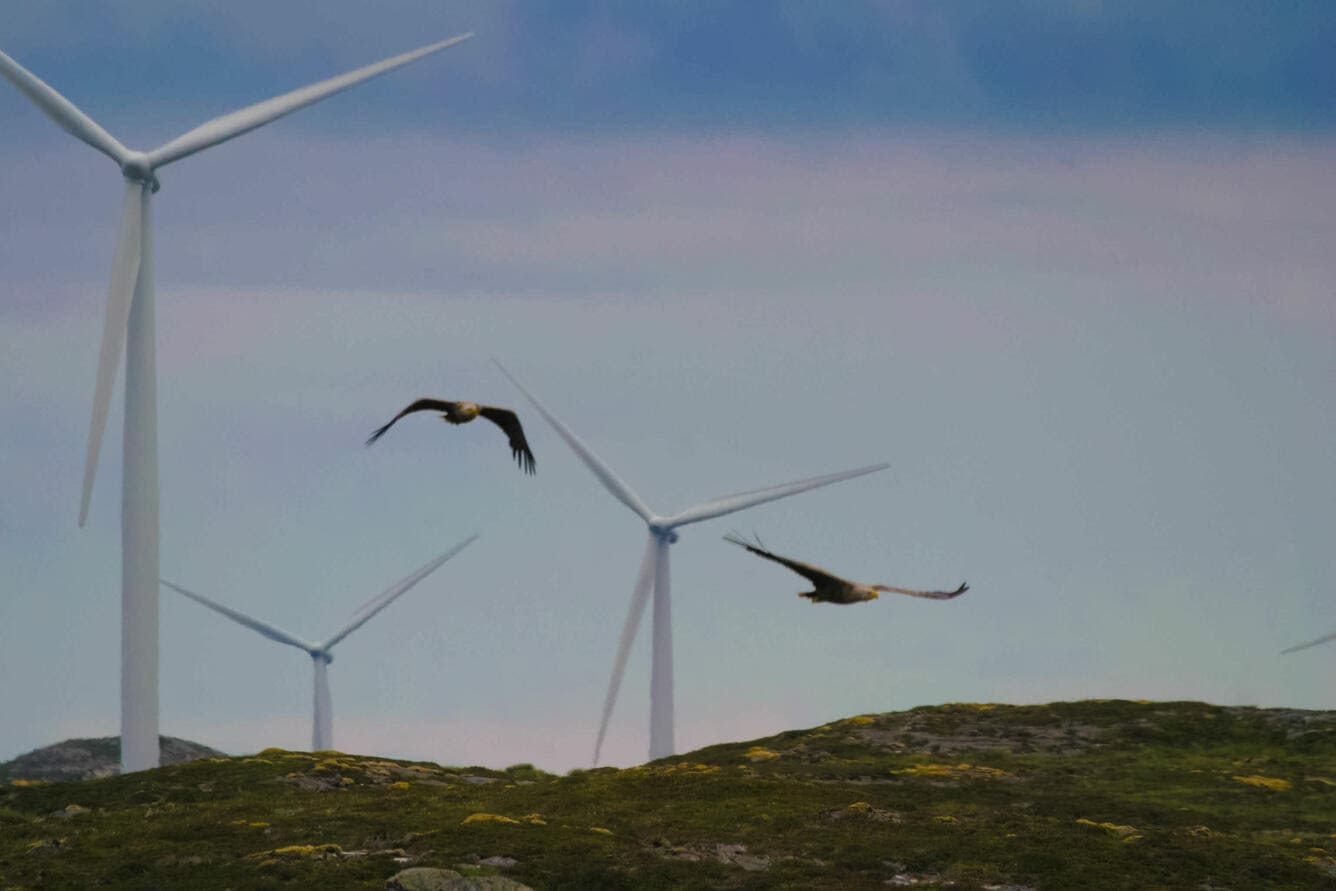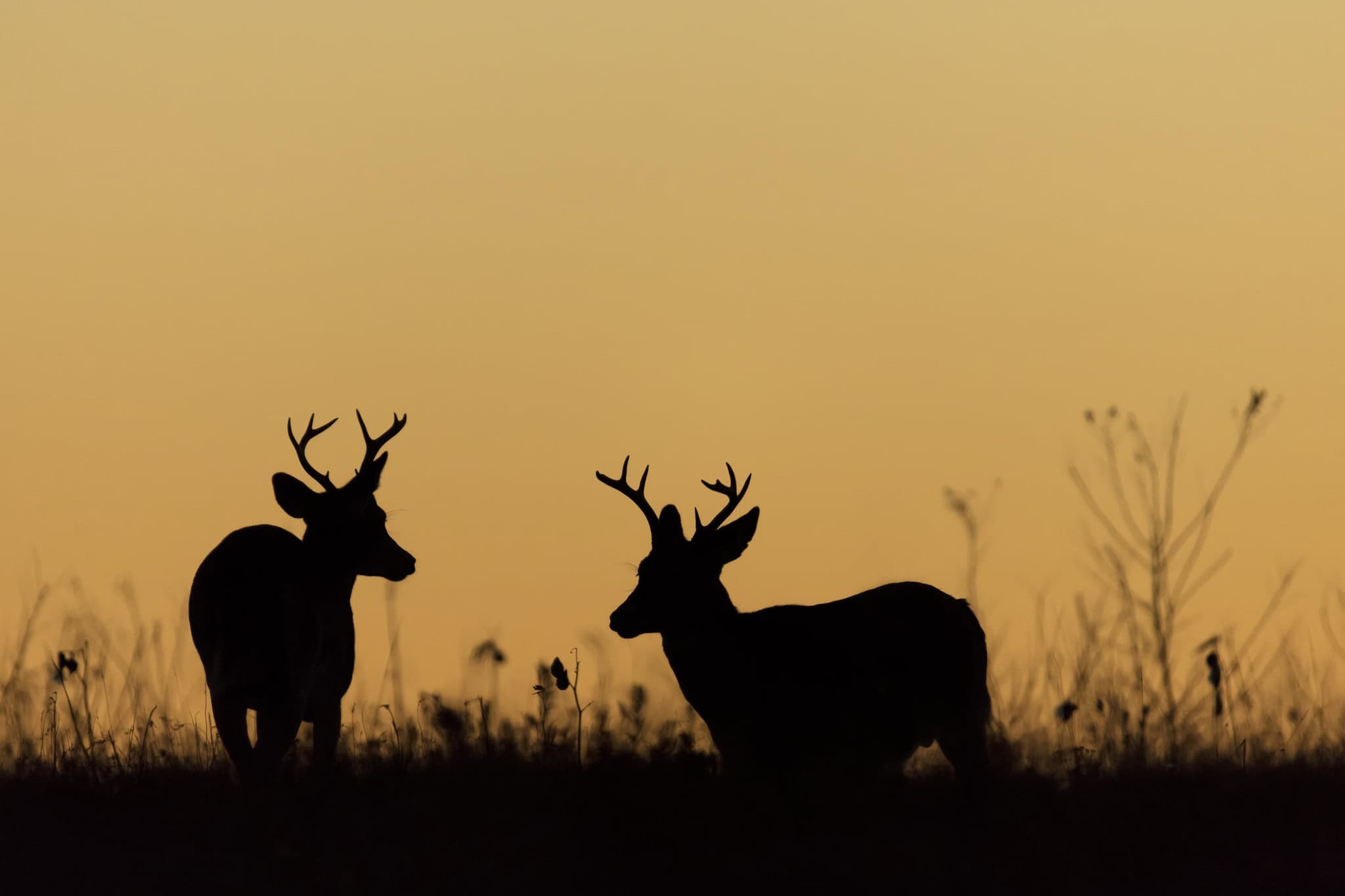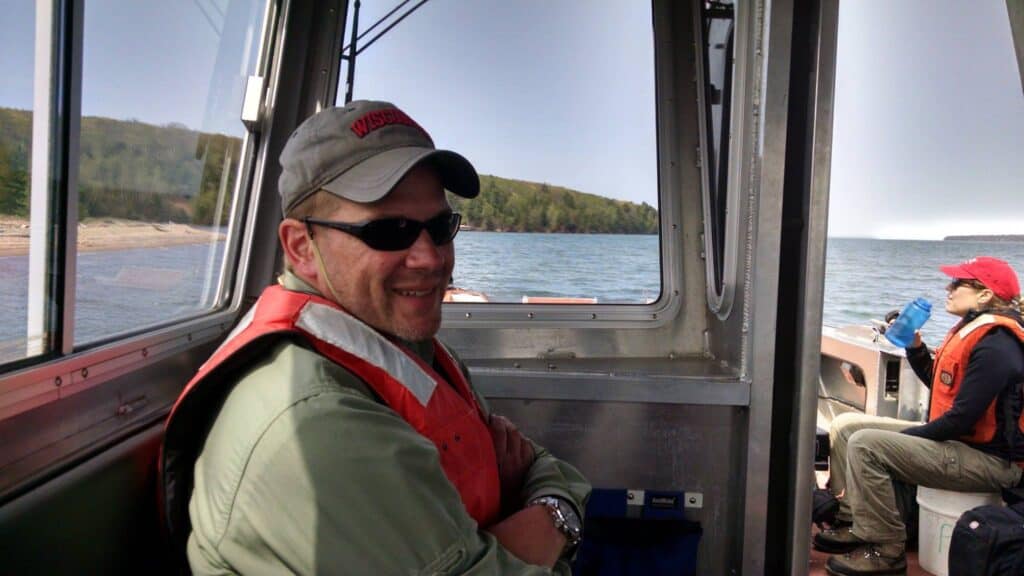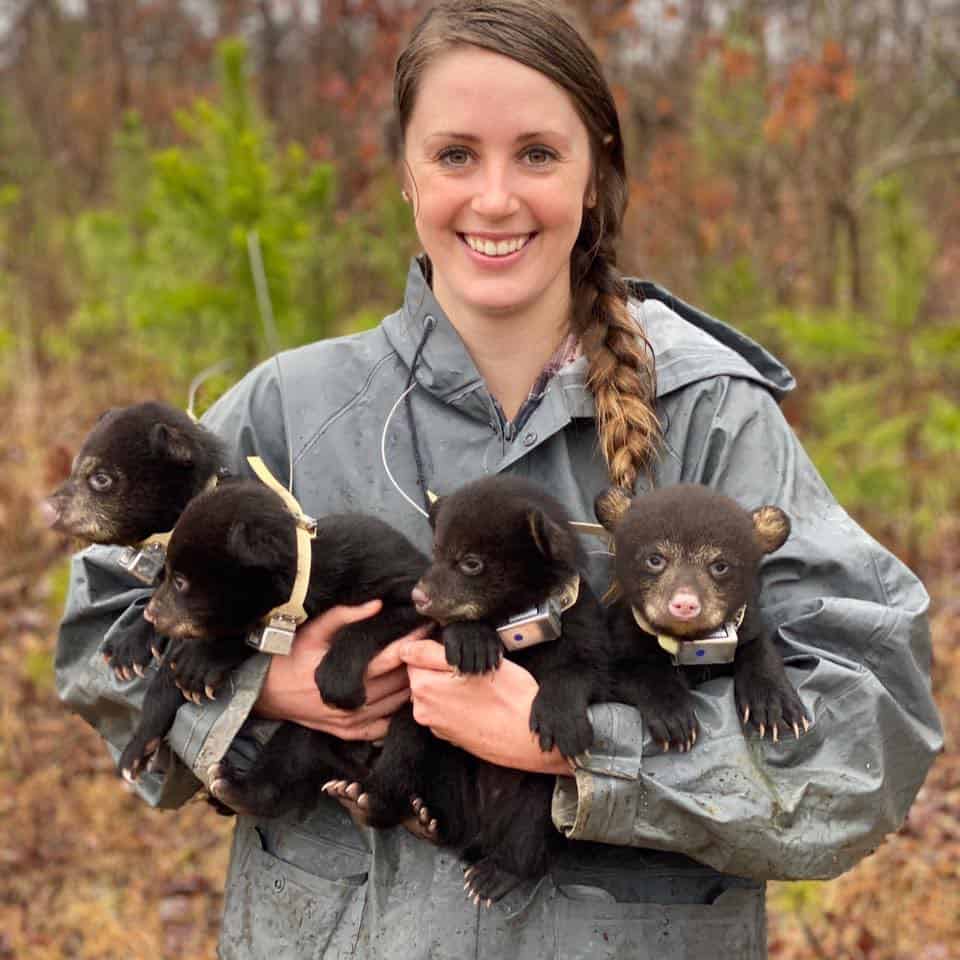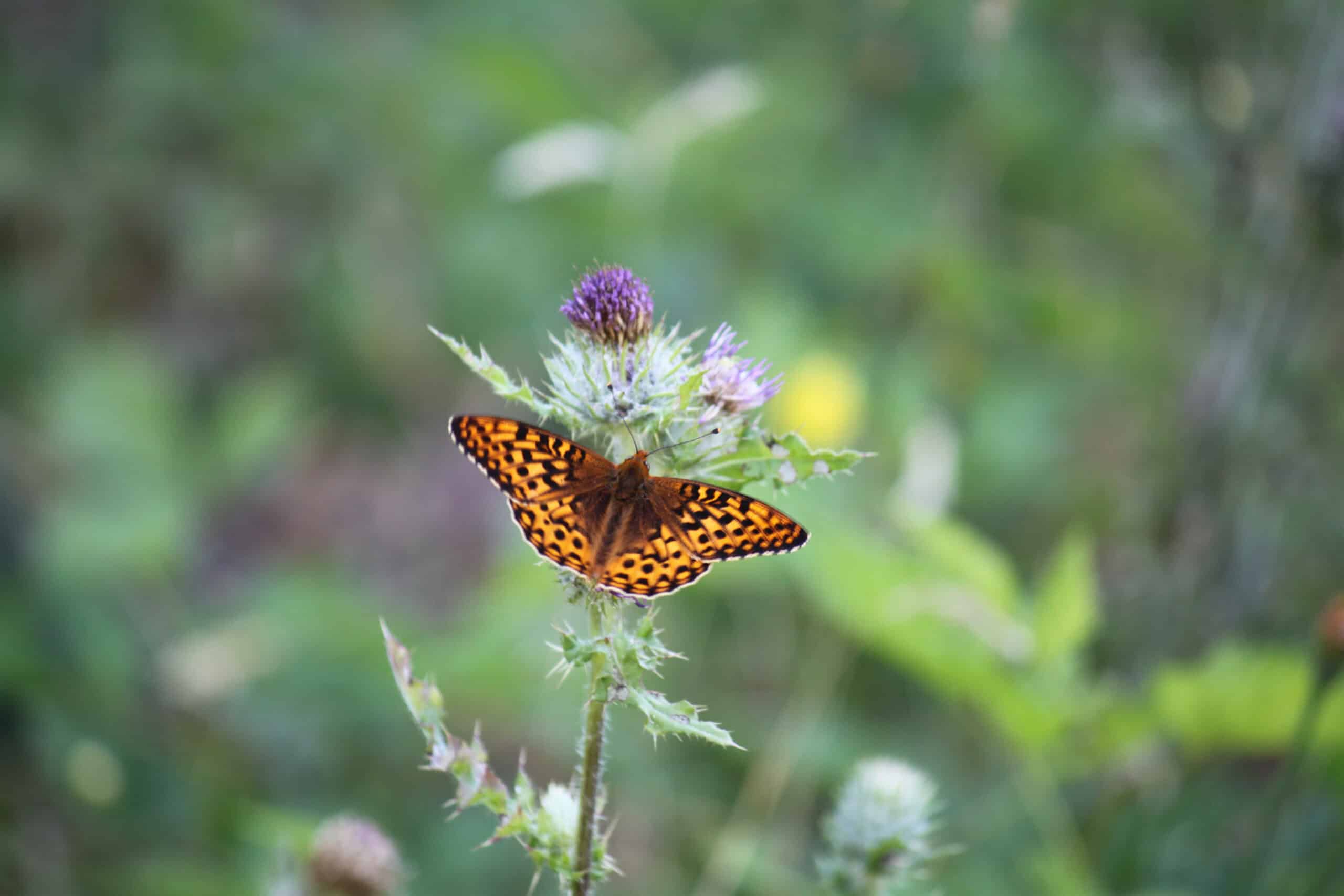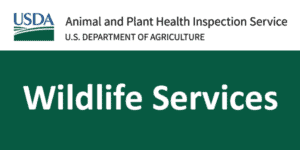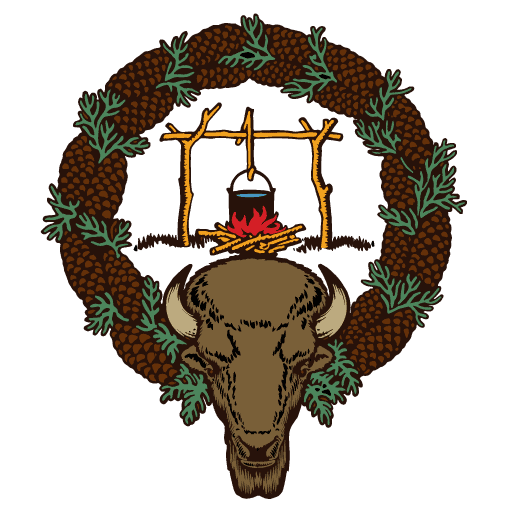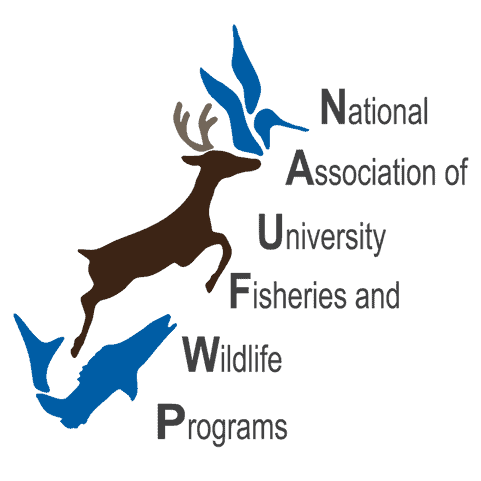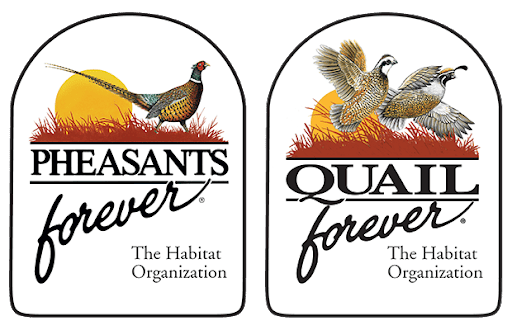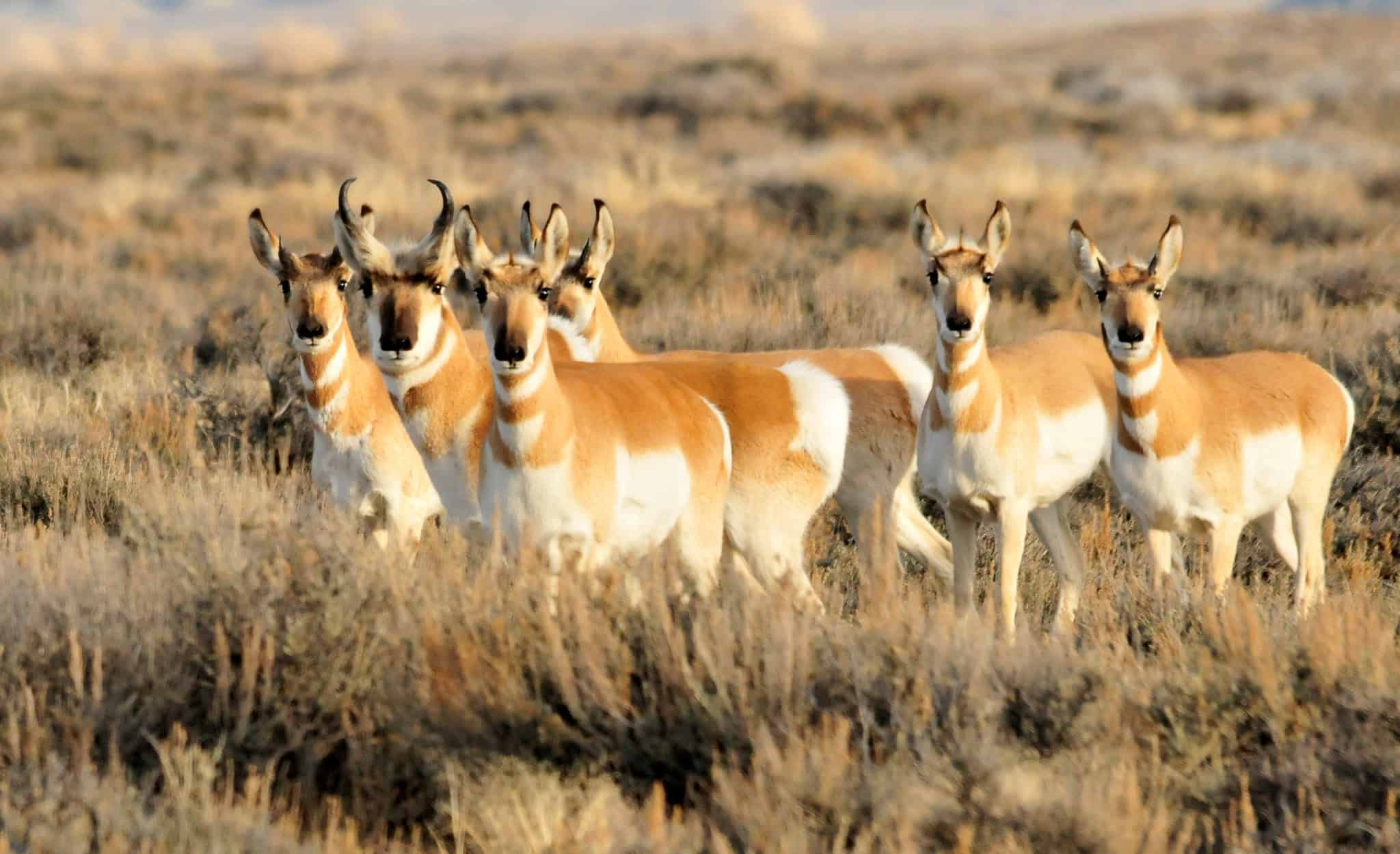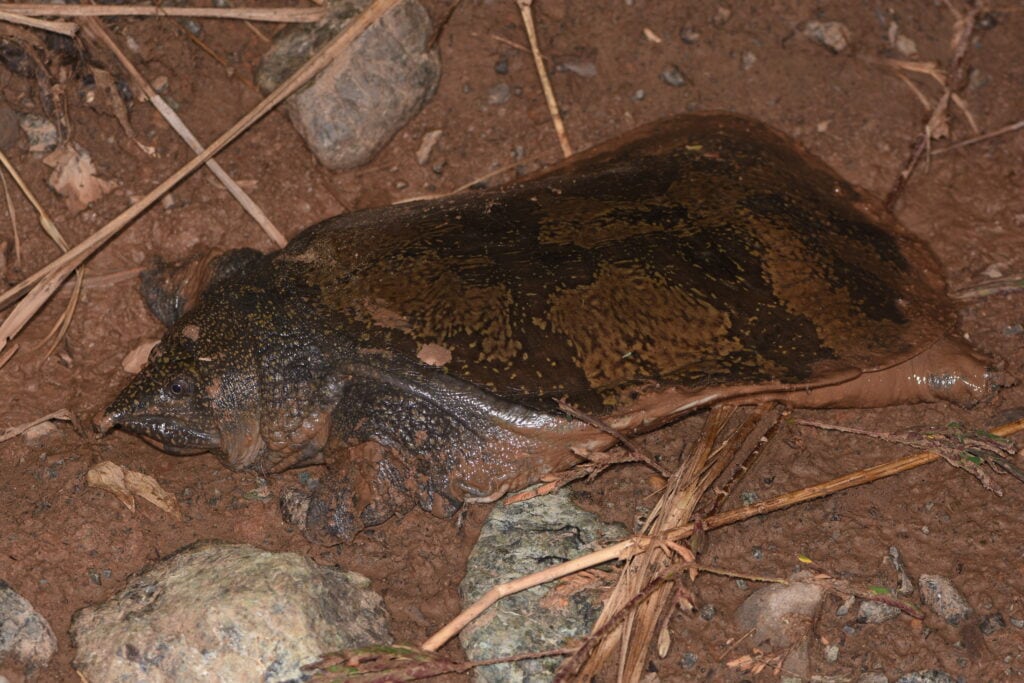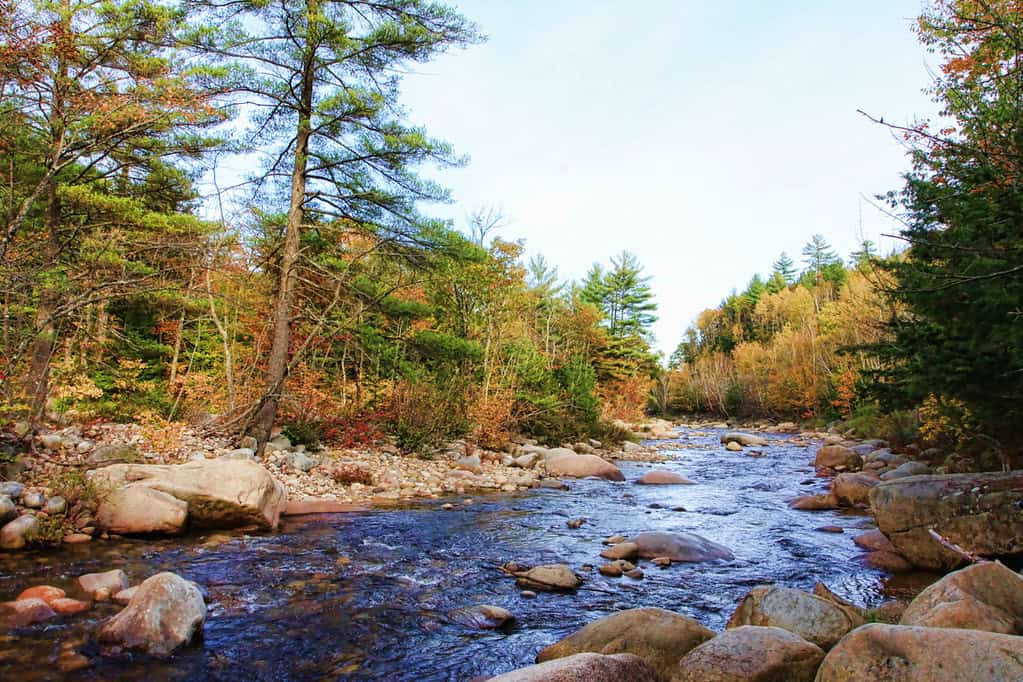
The Wildlife Society’s Annual Conference would not be possible without the support of our sponsors and year-round partners. We’d like to thank our sponsors listed below. Please take a moment to check out all of our sponsors here, and be sure to visit them during the conference to learn about their products, services and efforts!
Platinum
Caesar Kleberg Wildlife Research Institute
The Caesar Kleberg Wildlife Research Institute at Texas A&M University-Kingsville is the leading wildlife research organization in Texas and one of the finest in the nation. Established in 1981 by a grant from the Caesar Kleberg Foundation for Wildlife Conservation, the Institute operates as a nonprofit organization and depends financially upon private contributions and faculty grantsmanship. Our mission is to provide science-based information for enhancing the conservation and management of Texas wildlife.
Ducks Unlimited
Ducks Unlimited is the world’s leader in wetlands and waterfowl conservation. Its mission is to conserve, restore, and manage wetlands and associated habitats for North America’s waterfowl. The Wildlife Society’s partnership with DU builds a stronger network of wildlife professionals and conservationists with far-reaching benefits. Together, TWS and DU intend to advance common policy goals; share and disseminate science and best management practices; address recruitment and retention issues; reinforce the value of professional certification; and more.
BassPro
Bass Pro Shops mission is to inspire everyone to enjoy, love and conserve the great outdoors. From their retail locations and manufacturing plants to our outdoor adventure destinations and distribution centers, Bass Pro Shops helps families realize and reach their outdoor dreams.
GOLD
U.S. Forest Service
The USFS manages and protects our nation’s 154 national forests and 20 grasslands in 44 states and Puerto Rico to meet the needs of present and future generations. As a TWS Partner, USFS leads the support of Native American students pursuing wildlife management careers through sponsored summer research internships. The Forest Service also supports special events such as the Student-Professional Networking Event and “Careers with the U.S. Forest Service” at our Annual Conference.
Bureau of Land Management
The Bureau of Land Management’s mission is to sustain the health, diversity, and productivity of the public lands for the use and enjoyment of present and future generations. The BLM administers nearly 250 million acres of public lands in the United States, constituting one-eighth of the landmass of the country. As a partner of TWS, the BLM supports providing career information and opportunities through TWS’ website and annual conference, alongside support for TWS’ publications and communication channels.
USDA APHIS Wildlife Services
The mission of USDA APHIS Wildlife Services is to provide Federal leadership and expertise to resolve wildlife conflicts to allow people and wildlife to coexist.
Tennessee Valley Authority (TVA)
The Tennessee Valley Authority, or TVA, is the largest public power company in the U.S. and is a federally owned electric utility corporation.
National Wild Turkey Federation
Since its inception in 1973, the National Wild Turkey Federation (NWTF) has provided the foundation for wild turkey conservation throughout North America. From the first research project funded in the 1970s, to the multi-million acre restoration initiatives going on today and everywhere in between, conserving the wild turkey and preserving our hunting heritage has always been — and always will be—the backbone of the NWTF. The NWTF also supports science-based conservation and management, education, and sound policy—a mission that shares considerable overlap with that of The Wildlife Society.
U.S. Geological Survey
The USGS serves as the biological research arm of the U.S. Department of the Interior and provides science to help achieve sustainable management and conservation of biological resources. The Ecosystems Mission Area includes programs like the Cooperative Fish and Wildlife Research Units, Climate Adaptation Science Centers, and research programs on species management, invasive species, biological threats, and others.
Campfire Foundation
Campfire foundation provides a profound impact on a young person’s character. The Campfire foundation was created in 2000 and since that time, the foundation has awarded over 3,500 scholarships and more than $750,000 to families.
SILVER
Wyoming Game and Fish Department
Mission: Conserving wildlife, serving people.
The Wyoming Game and Fish Department is dedicated to conserving, enhancing and protecting Wyoming’s exceptional fish and wildlife resources and the habitats that support them. We will work with and for the public to provide a wide array of fish and wildlife experiences.
Maryland Department of Natural Resources
The Maryland Department of Natural Resources manages the state’s public lands and waterways, including its forests, fisheries, parks and wildlife.
Advanced Telemetry Systems
Explore Advanced Telemetry Systems (ATS) for top-tier wildlife tracking solutions. From VHF transmitters and GPS systems to Receivers/Data Loggers and Antenna Systems, our innovative products meet global research needs. Visit ATStrack.com for details and same-day quotes.
Western EcoSystems Technology, Inc. (WEST)
Bringing common sense, professional, and scientifically defensible solutions to natural resource problems.
Dallas Safari Club (DSC)
Dallas Safari Club’s mission is to ensure the conservation of wildlife through public engagement, education and advocacy for well-regulated hunting and sustainable use.
Missouri Department of Conservation
Our work began in 1937, when citizen-led efforts created the Department of Conservation to restore, conserve and regulate Missouri’s over-stressed fisheries, forests and wildlife populations. Today we continue our legacy of protecting our state’s wild resources and helping Missourians connect with their natural heritage. Our goal is to sustain diverse, healthy plant and animal communities — well into the future.
East Foundation
The East Foundation is an Agricultural Research Organization that promotes the advancement of land stewardship through ranching, science, and education. Our land, spanning over 217,000 acres of south Texas native rangeland, is managed as a working laboratory with cattle ranching as an integral part of the overall operation.
Voss Signage
Since 1965, Voss Signs, LLC has produced custom and stock signs for various customers that include: Forestry Professionals, Land Owners, State and Federal Government Agencies, School Districts and the general public throughout the United States and overseas.
Virginia Tech
The Department of Fish and Wildlife Conservation at Virginia Tech contributes significantly to fish and wildlife resource conservation and management at state, national, and international levels through integrated programs in research, teaching, and engagement.
Association of University Fish and Wildlife Programs
The National Association of University Fish and Wildlife Programs is a professional organization dedicated to promoting excellence in natural resource education, research, and outreach through collaboration among universities, government agencies, and private partners.
Johns Hopkins
With critically acclaimed titles in health and wellness, public health, science, higher education, and across the humanities, Hopkins Press publishes 150 new books each year and maintains a backlist in excess of 3,000 titles. We connect authors to scholars, researchers, educators, policymakers, and curious readers across the globe.
National Aeronautics and Space Administration (NASA)
NASA Earth Science Division aims to understand the Earth as a system. The Biological Diversity Research program uses NASA observations and models to improve our understanding of biological diversity, how and why it is changing, and its effects on and interactions with the Earth system. The Ecological Conservation Applications area promotes the use of Earth observations and models to analyze and forecast changes that affect ecosystems and to develop effective resource management strategies.
Pheasants Forever, Inc. and Quail Forever
Pheasants Forever and Quail Forever make up the nation’s largest nonprofit organization dedicated to upland habitat conservation. This community of more than 420,000 members, supporters and partners is dedicated to the protection of our uplands through habitat improvement, public access, education and advocacy.
Vortex
Vortex® is an employee-owned and operated business of hard-working folks headquartered in Wisconsin. Vortex® changes how business is done by putting customers at the center of everything we do. From tagging your first buck, to hitting the range with friends, to using the right optic to get closer to nature, our team thrives on your success.
National Wildlife Federation
The National Wildlife Federation, America’s largest and most trusted conservation organization, works across the country to unite Americans from all walks of life in giving wildlife a voice. We’ve been on the front lines for wildlife since 1936, fighting for the conservation values that are woven into the fabric of our nation’s collective heritage.
Texas Fish and Wildlife
Texas Fish and Wildlife mission to manage and conserve the natural and cultural resources of Texas and to provide hunting, fishing and outdoor recreation opportunities for the use and enjoyment of present and future generations.
Boone & Crockett
It is the mission of the Boone and Crockett Club to promote the conservation and management of wildlife, especially big game, and its habitat, to preserve and encourage hunting and to maintain the highest ethical standards of fair chase and sportsmanship in North America.
U.S. Fish and Wildlife Service
The mission of the U.S. Fish and Wildlife Service is working with others to conserve, protect, and enhance fish, wildlife, plants, and their habitats for the continuing benefit of the American people.
